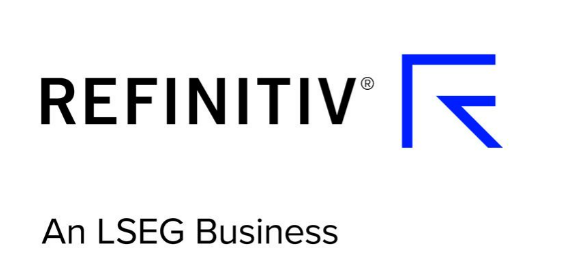
Source: Sharecast
According to the Office for National Statistics, GDP was estimated to have grown by 0.3% in the three months to June.
However, that was a notably slower than the first quarter's unrevised 0.7% uplift.
During the second quarter, the dominant services sector rose by 0.4% and construction by 1%, helping to offset ongoing weakness in the manufacturing sector.
Production softened 0.8%.
Year-on-year, GDP rose by 1.4%, marginally ahead of forecasts for a 1.2% increase.
Liz McKeown, director of economic statistics at the ONS, said: "In the latest quarter, we saw an increase in the household saving ratio, very little growth in consumer spending and a slight fall in output for consumer-facing services, despite growth in services overall."
The savings ratio was 10.7% in the second quarter, up from 10.5% in the first.
McKeown also addressed recent changes to the methodologies used by the ONS.
She said: "Today’s figures include a suit of improvements to our measurement of the economy, including better information on research and development and the activities of complex multinational companies, alongside the usual inclusion of updated and improved data sources.
"Growth for 2024 as a whole was unrevised, though these new figures show the economy grew a little less strongly at the start of the year than our initial estimates suggested, but performed better in the later quarters."
The ONS has come under sustained criticism in recent months after issues in its data gathering emerged, weighing on the veracity of a number of its statistical bulletins.
Danni Hewson, head of financial analysis at AJ Bell, said: “A big push by manufacturers to get goods over to customers in the US ahead of Donald Trump’s tariffs and a rush to complete house purchases before changes to stamp duty helped lifted the economy in the first three months of 2205.
“But that came at a cost to later months, as activity which would have happened in April, May and June was brought forward.
“Households were also showing restraint when it came to their own finances, with the savings ratio ticking up.”
Matt Swannell, chief economic advisor to the EY Item Club, said: “That paints a weaker picture, with second quarter growth heavily reliant on government spending. Consumption was little more than flat on the quarter, while investment fell 1.1%.
“The UK looks set for sluggish growth over the coming quarters. Alongside squeezed real income, further tax rises at the Budget look almost inevitable and will add to the fiscal tightening that the government has already pencilled in at previous fiscal events.”
Chancellor Rachel Reeves is due to present her Budget at the end November. She is battling a number of headwinds alongside sluggish growth, however, including sticky inflation, surging government spending, higher borrowing costs and weak consumer sentiment.


